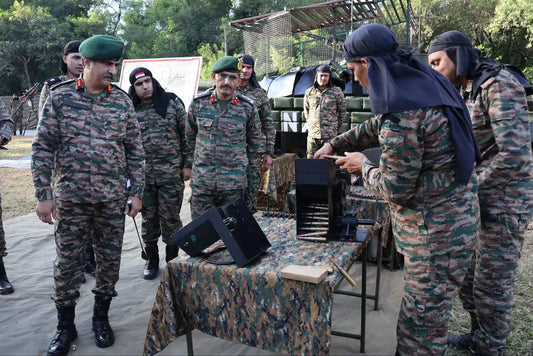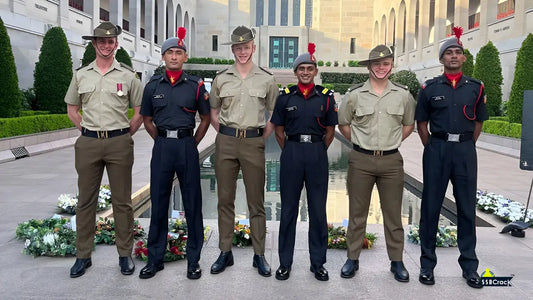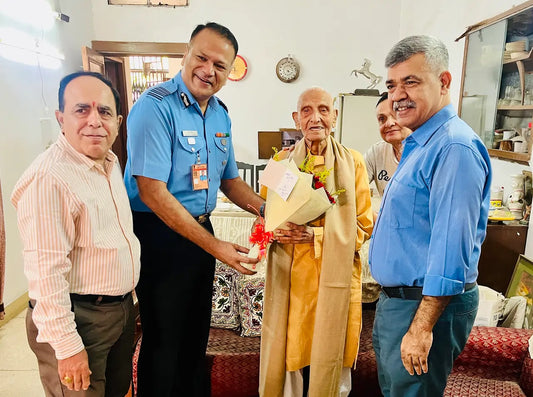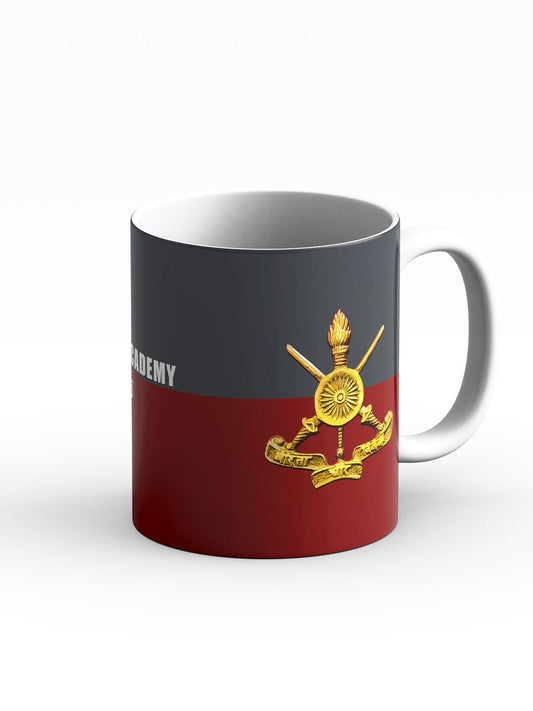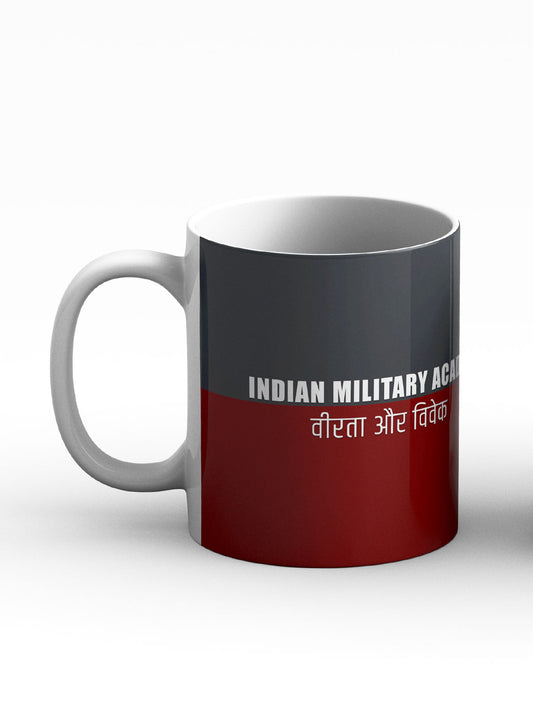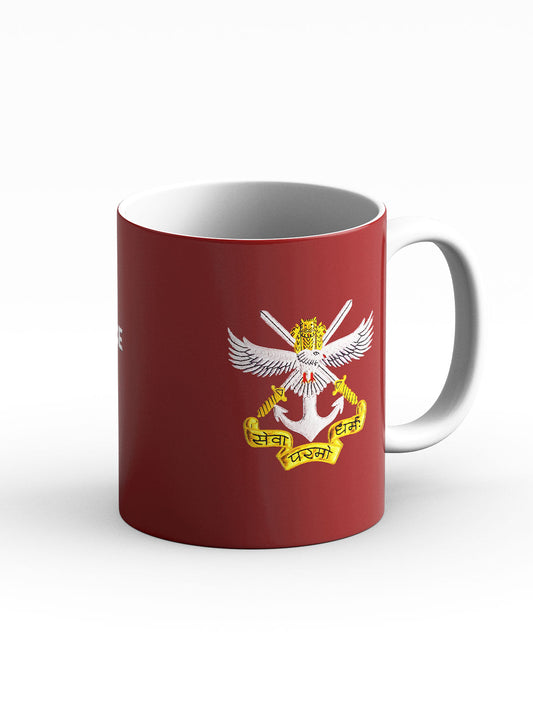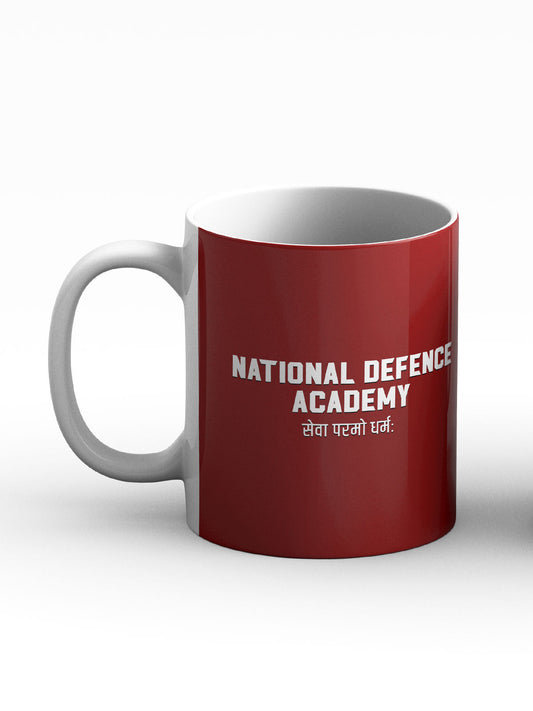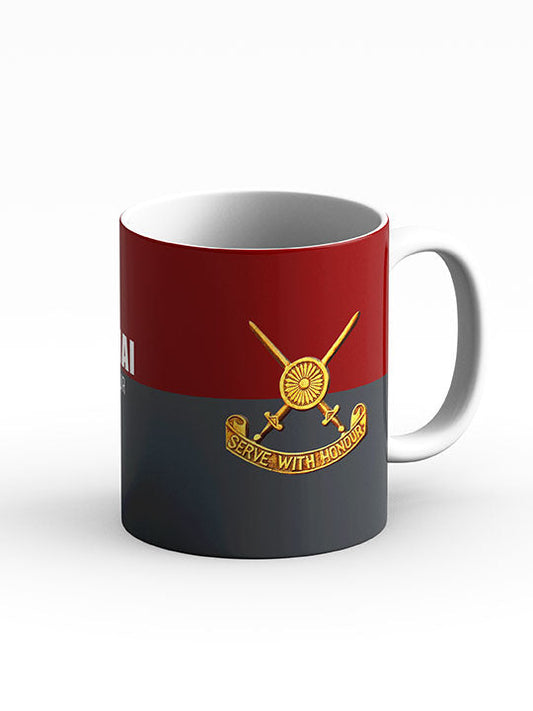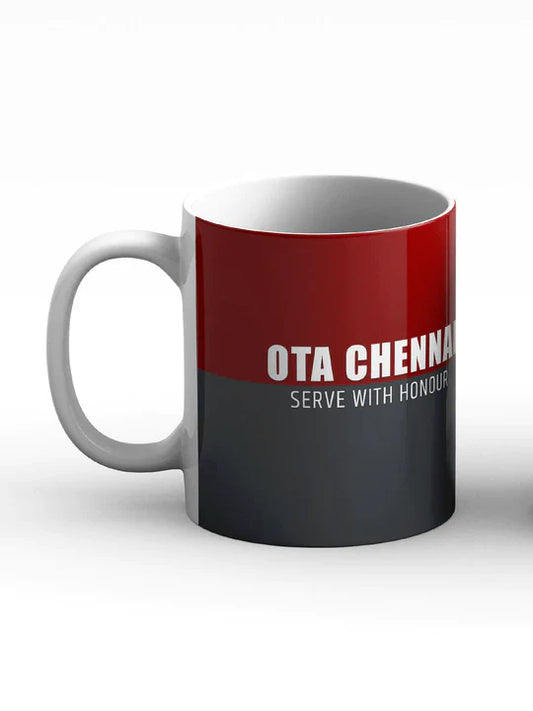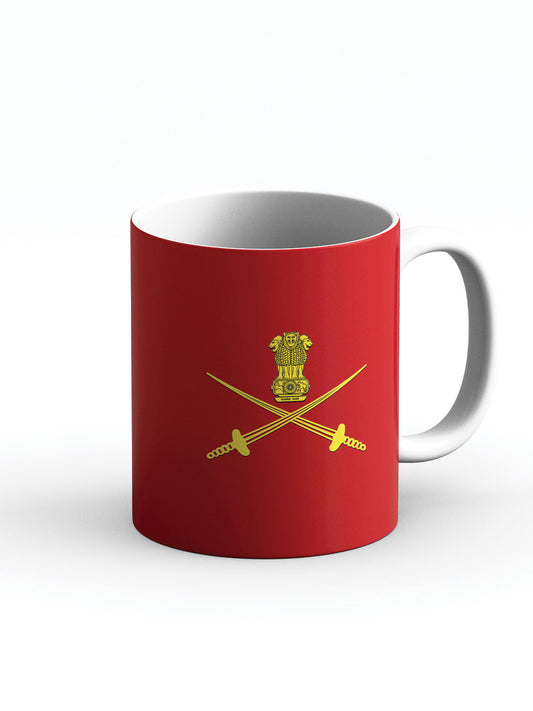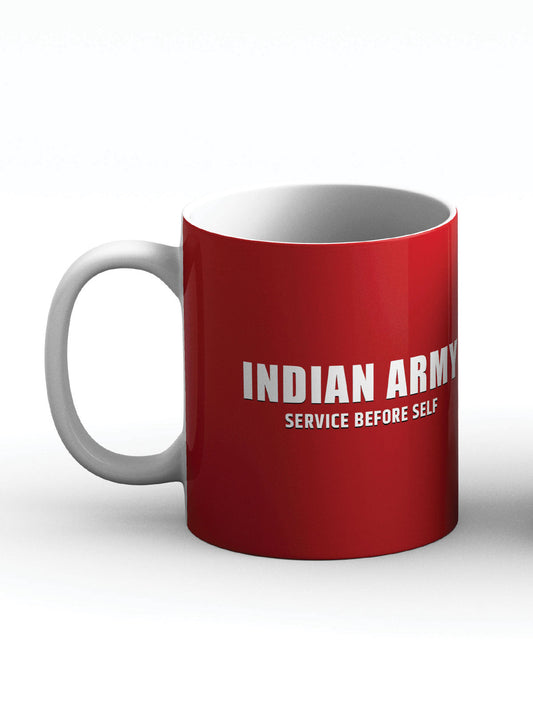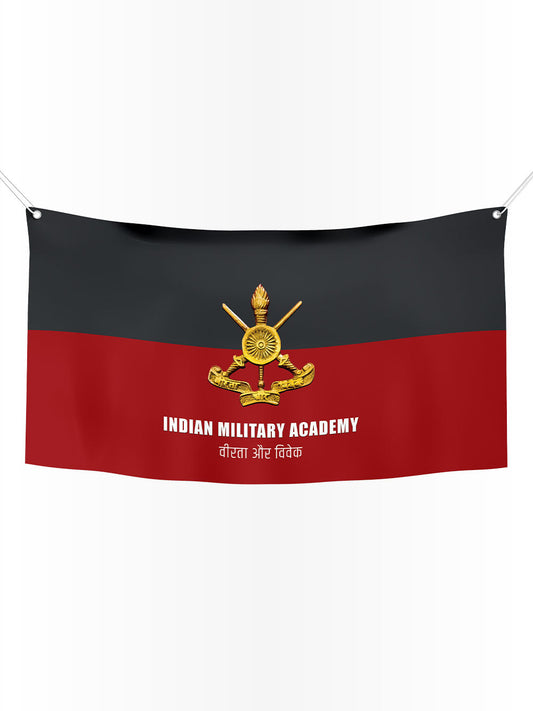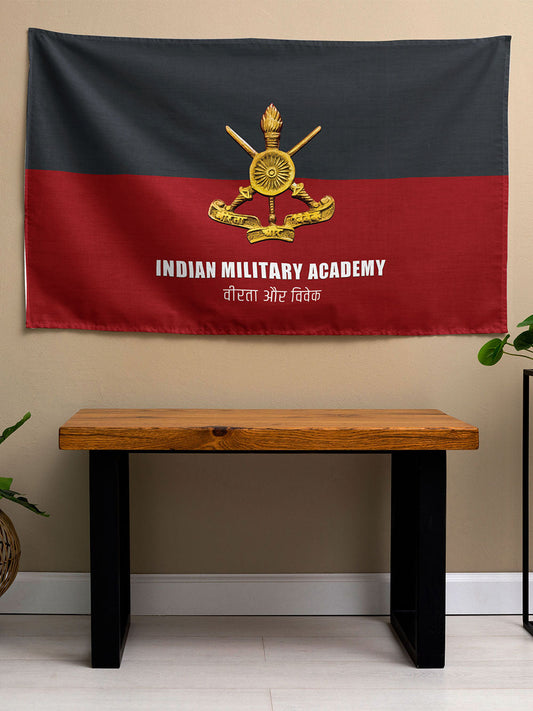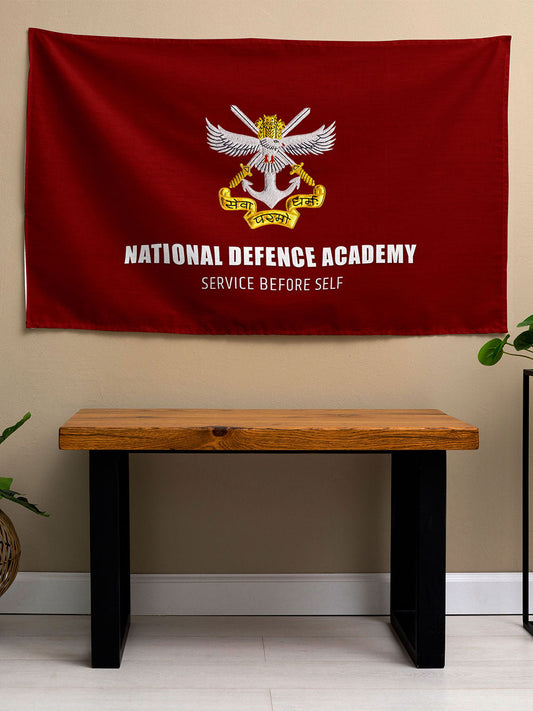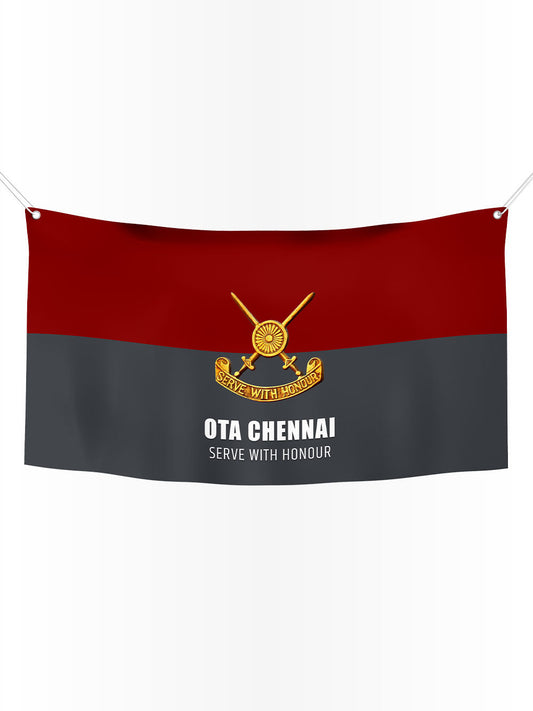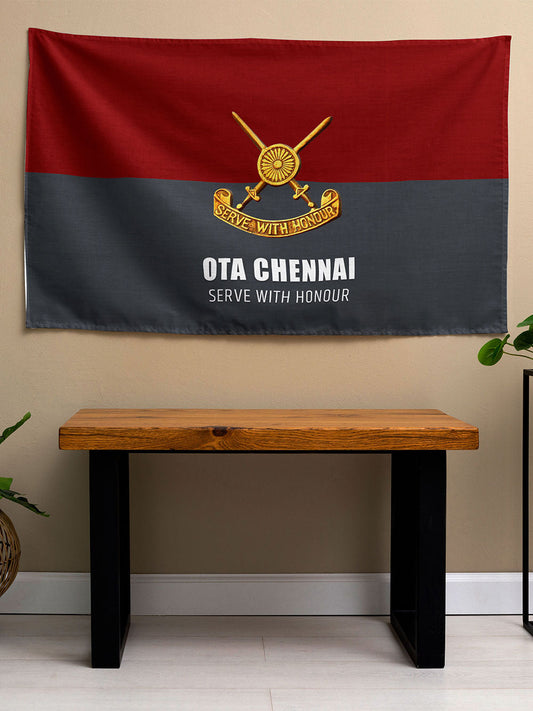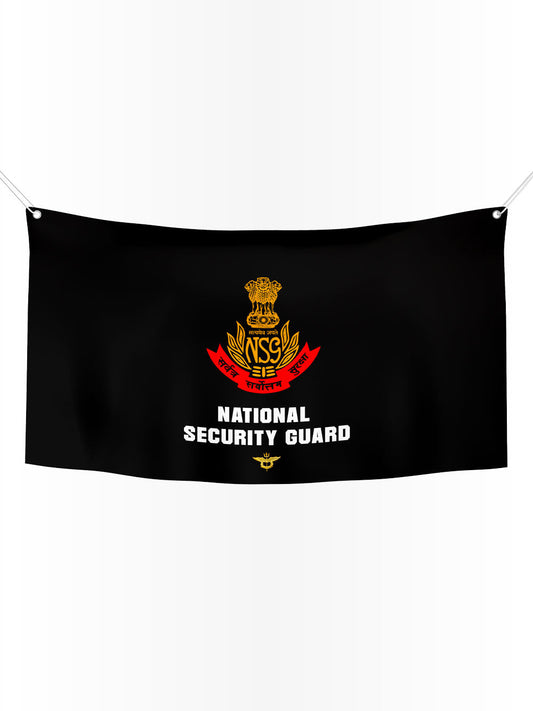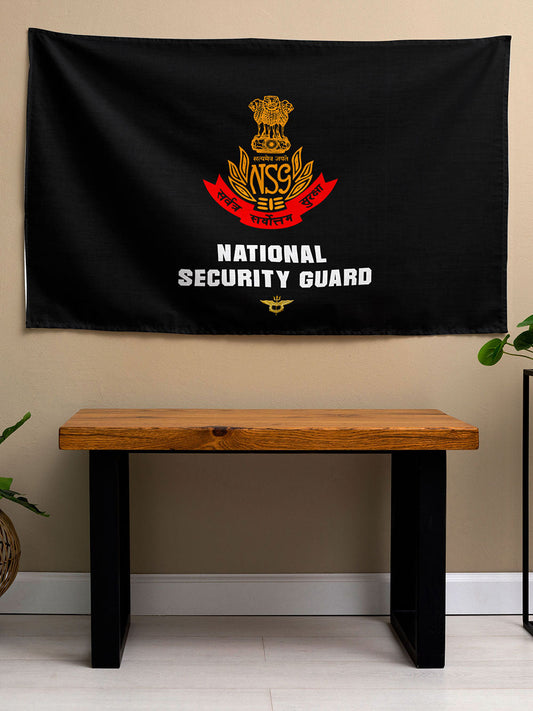Indian Army to Implement Mandatory Fitness Standards for Senior Officers
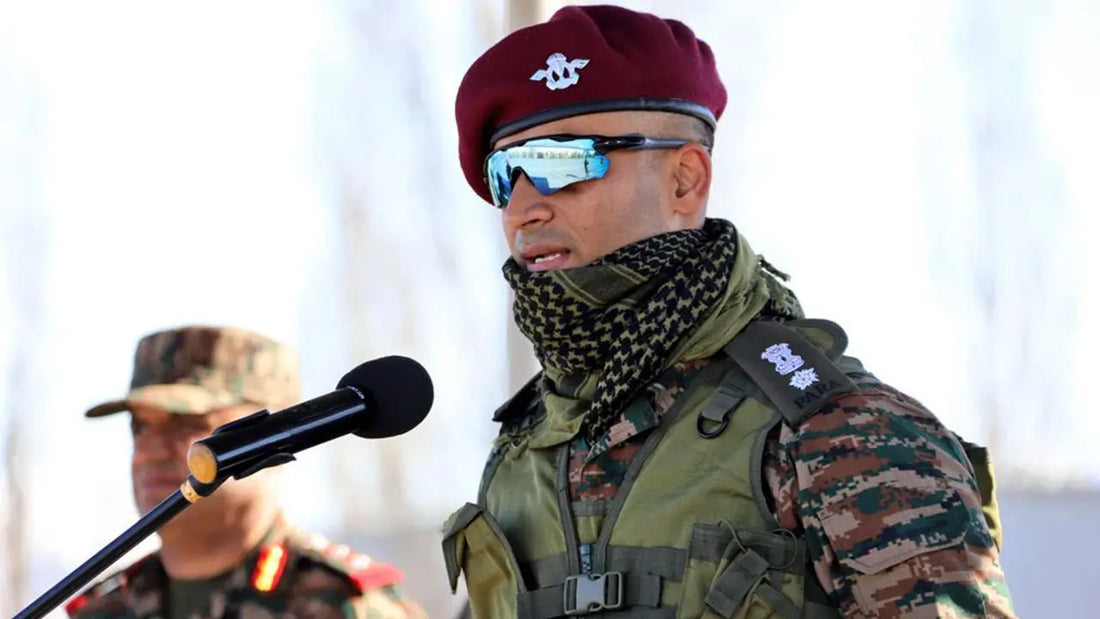
The Indian Army has announced a major initiative to standardize its physical fitness requirements across all ranks by introducing a new Combined Physical Test (CPT), set to commence on April 1, 2026. This move will require mandatory fitness assessments for all personnel, including senior officers such as Brigadiers, Major Generals, and Lieutenant Generals up to the age of 60. The decision aims to unify and modernize existing fitness protocols, underscoring the importance of physical fitness as a core tenet for effective leadership and operational success.
Previously, the Indian Army's fitness evaluations were divided into the Battle Physical Efficiency Test (BPET) for those up to 45 years and the Physical Proficiency Test (PPT) for personnel up to 50 years. The BPET required a 5-kilometer run with a battle load, while the PPT included a 2.4-kilometer run. The new CPT consolidates these into a single framework, reducing the frequency of tests from four times a year for junior ranks to twice annually for all personnel. This change aims to simplify the testing process, create uniform standards across genders and ranks, and allow soldiers more time for other activities such as sports and hobbies.
The policy emerged from internal discussions and comparisons with international military fitness standards. An Army communication from October 3 highlighted the essential role of physical fitness in military operations, emphasizing that fitness is critical for soldiers to withstand the demands of training and operations. It stressed that a fit soldier is an effective and reliable unit member, contributing to mission success. The directive also noted that despite technological advancements, the human element remains vital in military effectiveness.
The CPT features age-specific and gender-inclusive standards, with evaluation tables designed to balance rigor and practicality. Participants must achieve at least 6 marks overall to qualify, with repeated failures potentially affecting career progression, including promotions and annual confidential reports (ACRs).
| Age Group | Requirements |
|---|---|
| 50 to 60 years | 3.2-kilometer brisk walk, sit-ups, push-ups (adjusted by age) |
| 35 to 50 years | 3.2-kilometer run, push-ups, sit-ups |
| Under 45 years | Includes above requirements and vertical rope climbing |
Tests for senior officers will be supervised until age 55 and will transition to self-assessments from ages 55 to 60. The evaluations focus on endurance, strength, and agility, reflecting the demands of modern military operations.
Retired Lieutenant General Vinod Bhatia, a former director general of military operations, supported the changes, stating that the new rules are beneficial as mentally and physically fit commanders are essential for leading troops into battle. He described the procedures as relevant, practical, and inclusive, promoting a culture of sustained fitness throughout an officer's career.
An unnamed Army officer explained that the CPT aims to simplify and modernize physical standards across ranks and genders, extending the age limit to 60 years. Senior ranks will undergo supervised tests up to age 55 and self-assessment from 55 to 60. Participants must secure at least 6 marks to qualify, or risk negative impacts on promotions. This highlights the Army's commitment to accountability and positions senior leaders as models for their subordinates.
The CPT's introduction is part of broader efforts to address possible declines in fitness standards in light of evolving operational challenges. By mandating tests for senior officers, the Indian Army seeks to reinforce an ethos of leadership by example, ensuring that every member, from Agniveers to generals, contributes to a resilient and mission-capable force. The implementation will be closely observed as the policy is launched next year.
